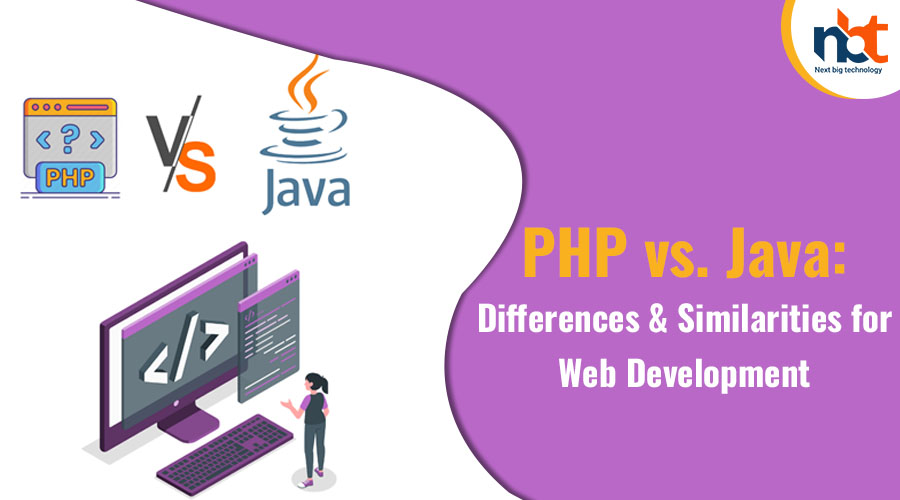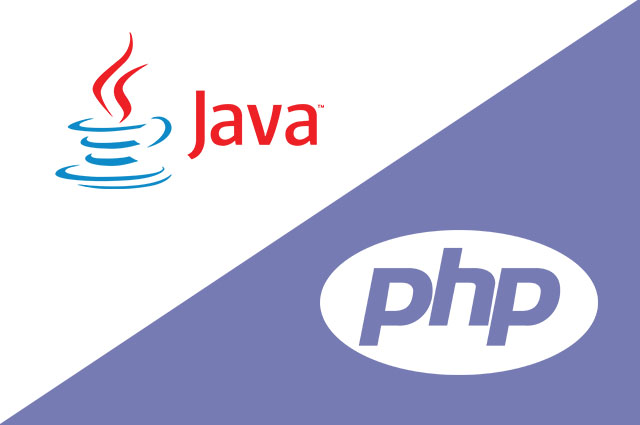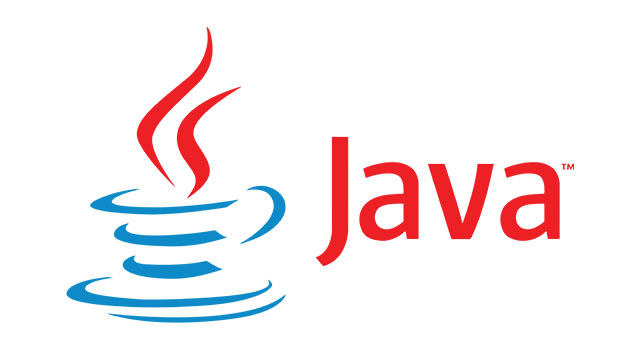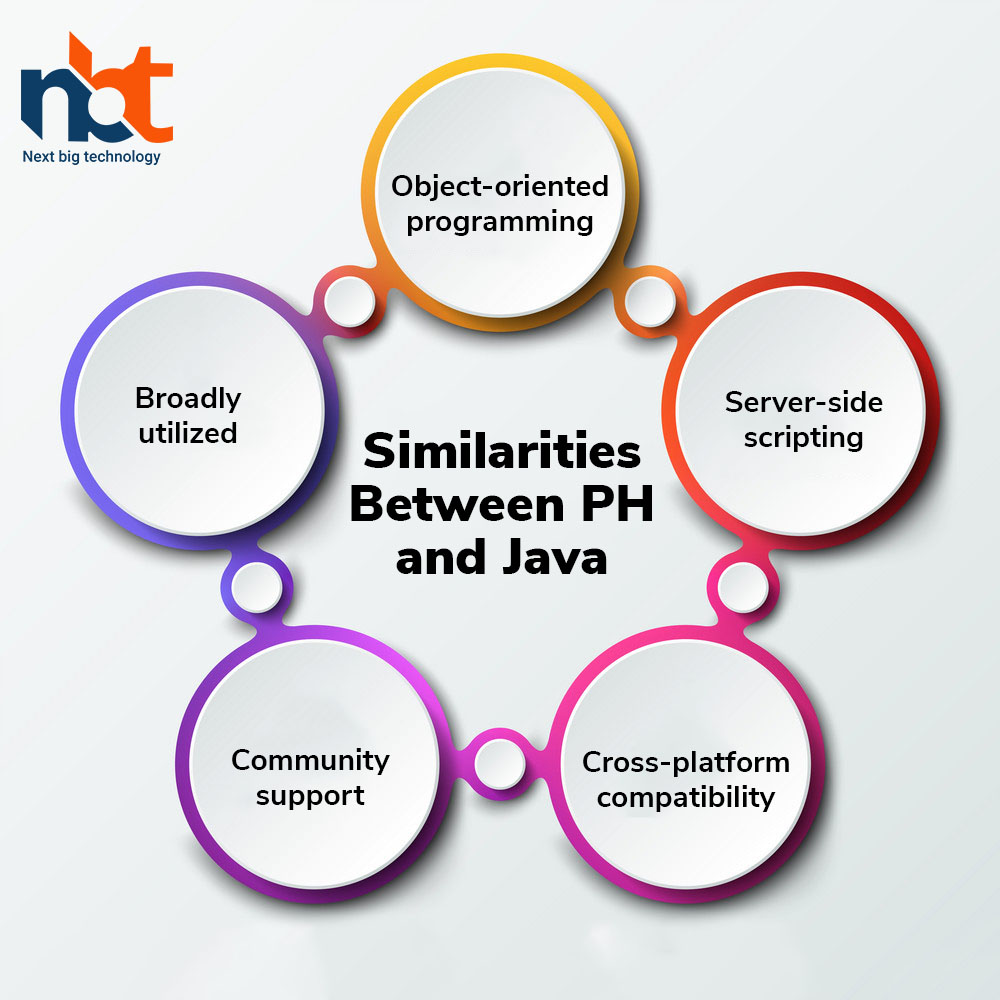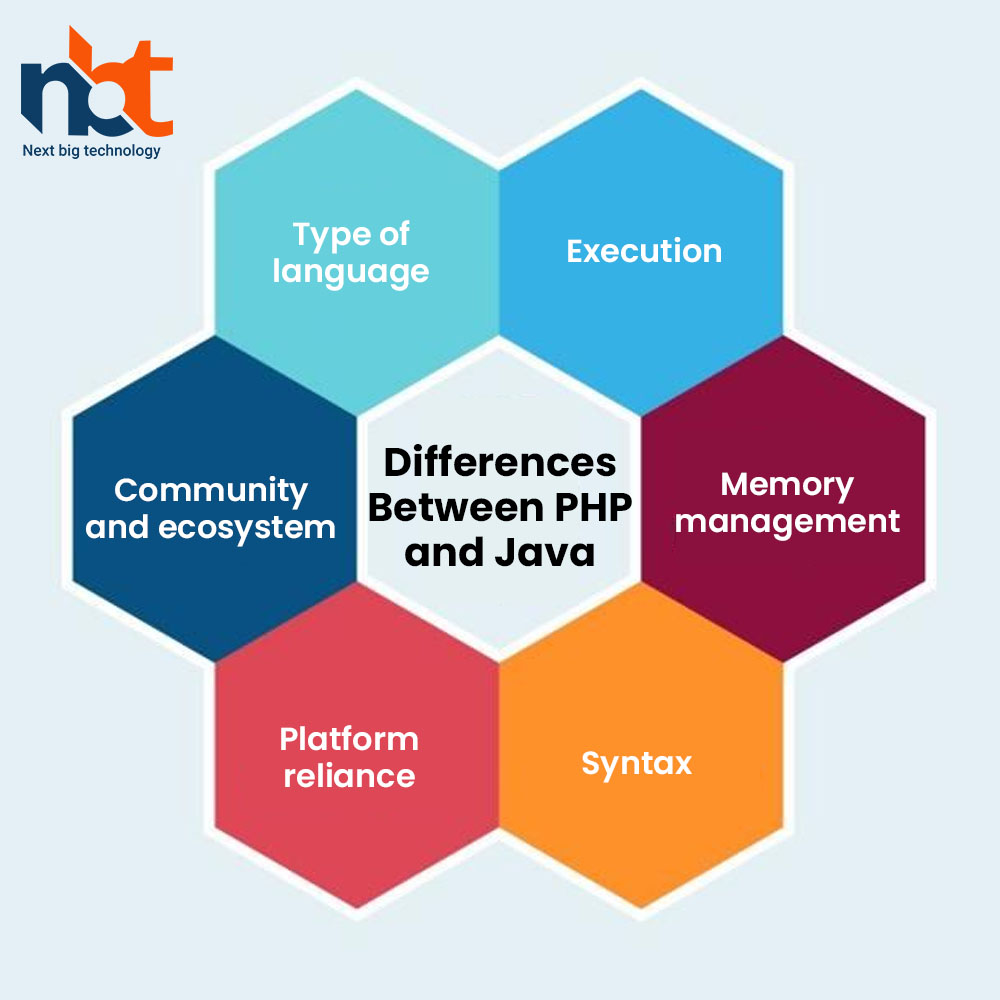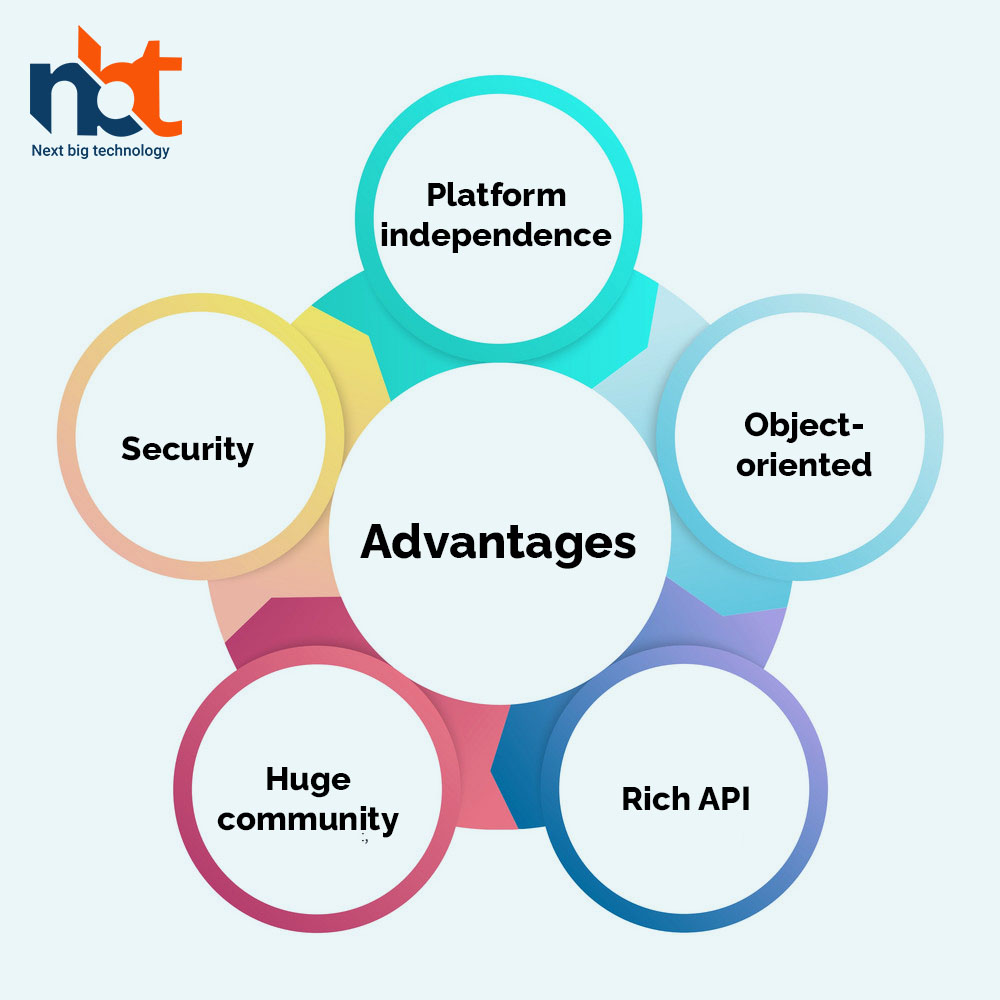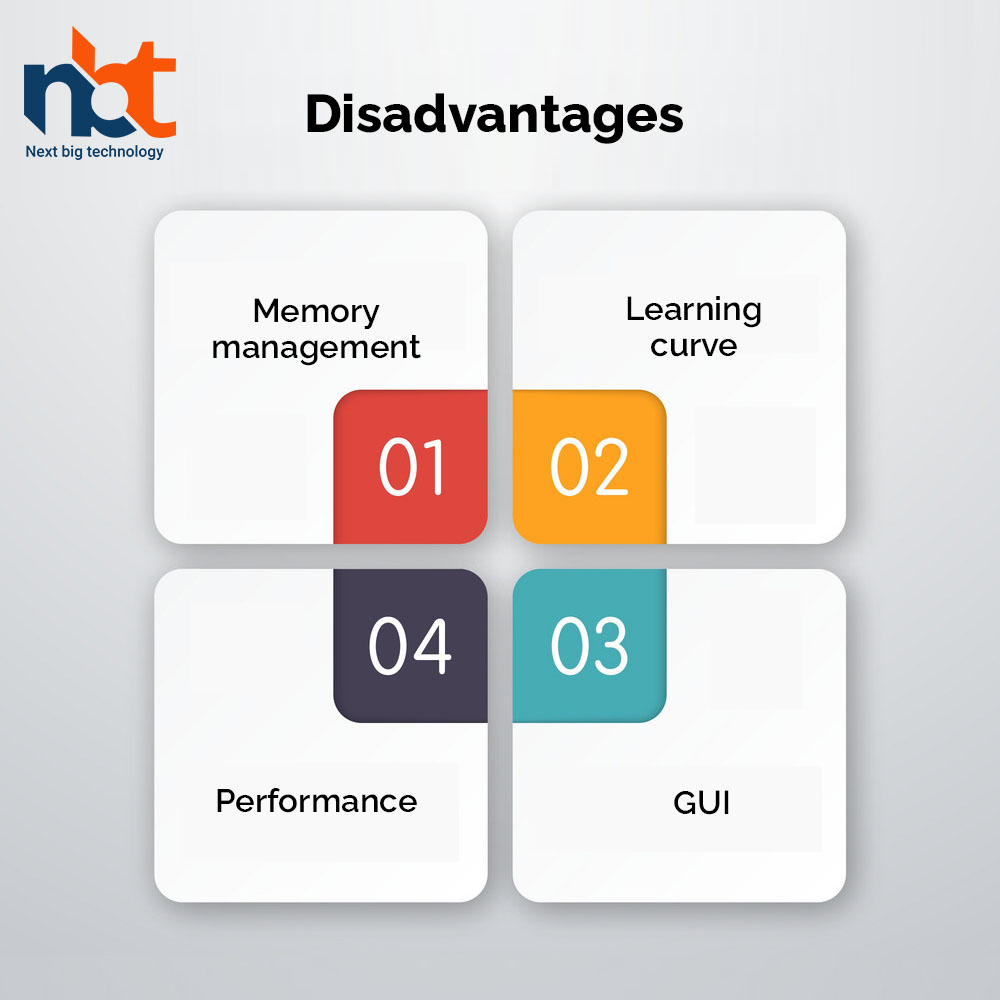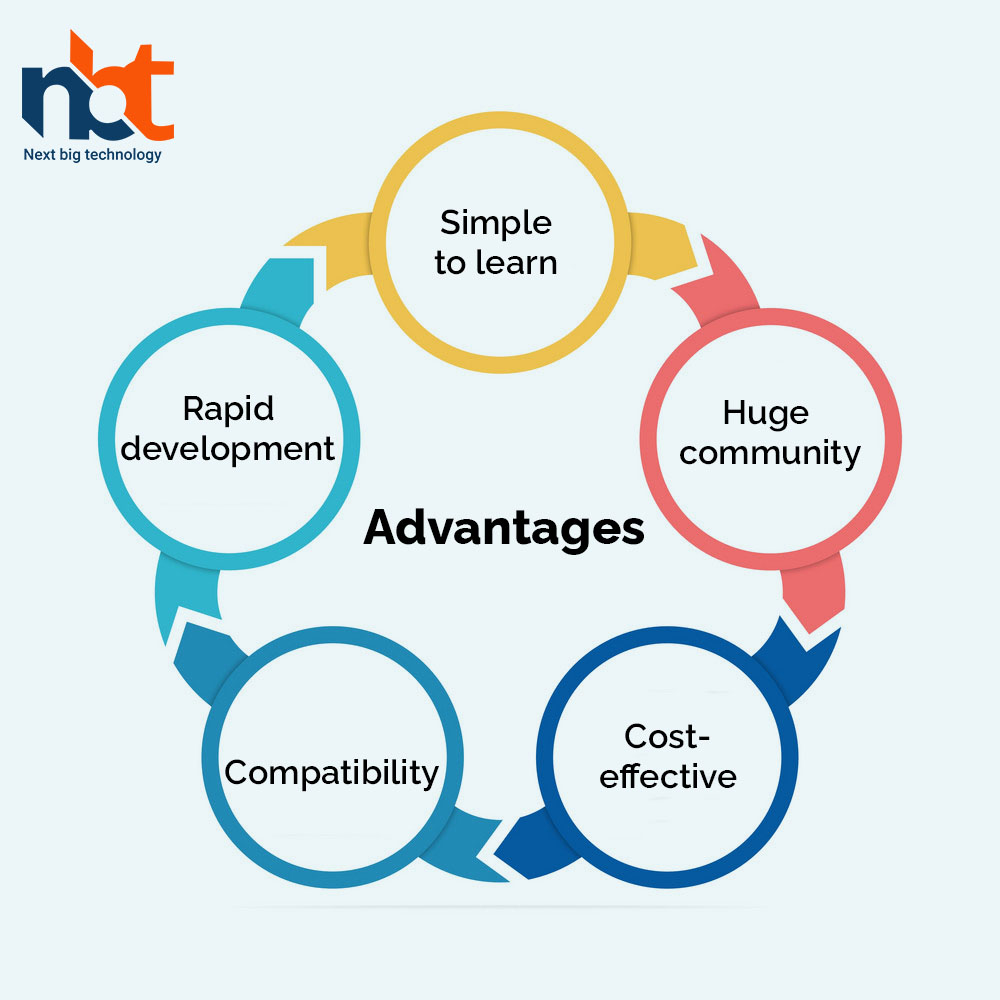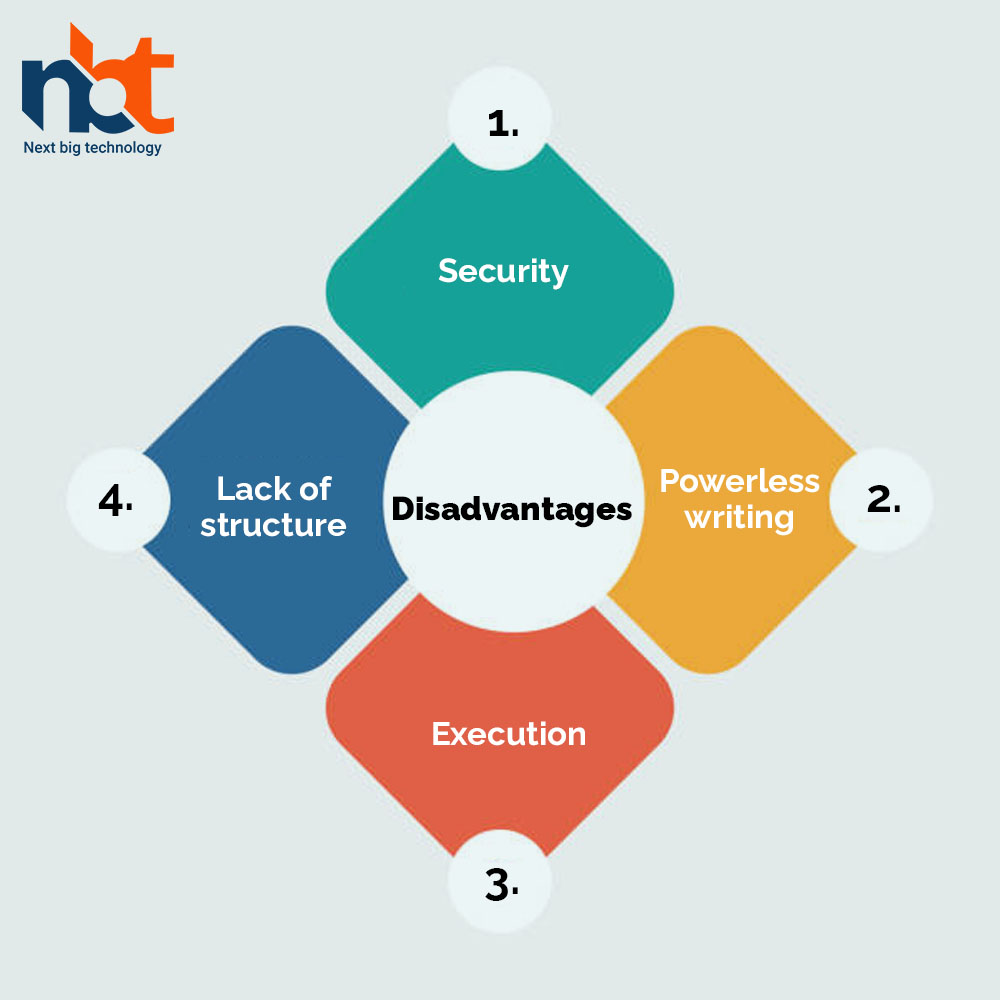PHP vs. Java: PHP and Java are both prevalent programming languages utilized in web development. Whereas they share a few similarities, they have critical differences as well.
PHP could be a server-side scripting language outlined for web development, and it is commonly utilized to build dynamic websites and web applications. It contains a low learning bend and can be used to construct basic websites with ease. It is also an open-source language, meaning it is free to utilize and incorporates a large community of designers who contribute to its improvement. PHP is commonly used in combination with HTML, CSS, and JavaScript.
On the other hand, Java is an object-oriented programming language that can be utilized for a wide range of applications, counting web development. It is regularly used to construct complex enterprise-level web applications and includes a more extreme learning curve than PHP. Java is also platform-independent, meaning it can run on any stage supporting a Java Virtual Machine (JVM). It is commonly utilized in combination with advances such as Spring and Sleep. We’ll explore the contrasts and similarities between these two languages in more detail within the talking areas.
Table of Contents
Java:-
Java could be a high-level, object-oriented programming language created by Sun Microsystems (presently claimed by Oracle Corporation) in the mid-1990s. It was outlined as platform-independent, meaning it can run on any stage that bolsters a Java Virtual Machine (JVM). Java code is compiled into bytecode, which can be executed on any framework that features a JVM introduced. This makes Java a well-known choice for creating cross-platform applications.
Java is broadly utilized in enterprise-level computer programs, mobile apps, and web development. It is known for its security highlights, strength, versatility, and flexibility. Java features a massive standard library that gives developers a range of instruments and APIs for building different sorts of applications. It also incorporates a vast community of designers who contribute to its improvement, which suggests that numerous assets and support are available for designers who utilize Java.
Java includes a language structure comparable to C and C++, making it more straightforward for designers who are recognizable with those languages to memorize Java. It is also an object-oriented language, suggesting that it allows designers to organize code into reusable and secluded components. Java is utilized in a broad range of industries, including finance, healthcare, instruction, and gaming.
Here are some statistics related to Java:
- According to the TIOBE List, which positions programming languages based on their popularity, Java has reliably been one of the foremost well-known programming languages since 2001. As of April 2023, Java is set #2 within the list, behind Python.
- Java is utilized by more than 9 million engineers around the world, according to Oracle, the company that possesses and creates Java.
- Java is used broadly in enterprise-level program improvement. Agreeing to a study by Stack Flood in 2021, Java was the foremost commonly utilized language among proficient engineers working in enterprises.
- Numerous world’s biggest companies use Java in their computer program improvement, counting Amazon, Google, IBM, and Oracle.
- Java is additionally broadly utilized in Android app development. Agreeing with Statista, as of 2022, Android was the foremost popular mobile working framework worldwide, with a showcase share of over 70%.
- According to information from Glassdoor, the average salary for a Java designer within the United States is around $90,000 per year.
- Java features a tremendous environment of devices and systems, making it less demanding for engineers to construct applications rapidly and effectively. A few of the foremost prevalent Java systems incorporate Spring, Hibernate, and Struts.
Also Read : Java Vs .Net Vs Python – Which One Is Best to Choose?
PHP:-
PHP (Hypertext Preprocessor) may be a server-side scripting language planned for web development. It was made by Rasmus Lerdorf in 1994 and is presently kept up by the PHP Development Group. PHP is an open-source language, which suggests that it is free to utilize and contains an expansive community of engineers who contribute to its development.
PHP features a sentence structure comparable to C, Java, and Perl, making it simple for engineers who are commonplace with those languages to memorize PHP. It is also an object-oriented language, allowing engineers to organize code into reusable and secluded components.
PHP has numerous built-in capacities and libraries that make it simple to perform common web development assignments, such as database networks, record dealing, and string control. It also encompasses an endless environment of third-party libraries and systems, such as Laravel, Symfony, and CodeIgniter, making it less demanding to construct complex web applications rapidly and efficiently.
PHP could be a prevalent and broadly utilized language in web development, with numerous benefits such as ease of utilization, adaptability, and an expansive community of designers.
Here are some statistics related to PHP:
- According to the TIOBE Record, which positions programming languages based on their ubiquity, PHP has reliably been one of the foremost prevalent programming languages since 2001. As of April 2023, PHP is set #7 within the file.
- PHP is utilized by more than 78% of all websites that utilize a server-side programming language, according to W3Techs. This makes it one of the world’s foremost broadly used web development languages.
- Many popular websites, such as Facebook, Wikipedia, and Yahoo, were built utilizing PHP.
- PHP could be a prevalent choice for building content management systems (CMS), such as WordPress, Joomla, and Drupal. According to BuiltWith, as of April 2023, WordPress alone powers over 42% of all websites.
- According to information from Glassdoor, the median compensation for a PHP engineer within the United States is around $78,000 per year.
- PHP features a large and dynamic community of engineers who contribute to its advancement, make third-party libraries and systems, and give back assets to other engineers.
- PHP contains a general moo learning bend and is simple to memorize for engineers who are recognizable with other programming languages such as C or Java. This makes it a prevalent choice for apprentices who must begin with web development.
Also Read : Laravel Vs. Symfony: Which PHP Framework to Choose In April 2023?
Similarities Between PHP and Java:-
PHP and Java are two prevalent languages utilized in web development. Whereas they have a few differences, they moreover share a few similarities:
1. Object-oriented programming:
Both PHP and Java are object-oriented languages. Engineers can use classes and objects to organize code into reusable and measured components. This makes a difference in progressing code meaningfulness and viability.
2. Server-side scripting:
Both PHP and Java are server-side scripting languages. This implies that they are executed on the server side, allowing them to produce active substances based on client input or other factors.
3. Cross-platform compatibility:
Both PHP and Java are cross-platform languages, which suggests that they can run on numerous working frameworks, such as Windows, Linux, and macOS. This makes it less demanding for designers to form web applications that can run on an exhaustive run of gadgets.
4. Community support:
Both PHP and Java have expansive and dynamic communities of engineers who contribute to their development, make third-party libraries and systems, and give support and assets to other engineers. This creates a difference moving forward in the quality of the language and makes it less demanding for designers to discover assets and offer assistance with their ventures.
5. Broadly utilized:
PHP and Java are broadly utilized in web development, with numerous well-known websites and web applications built using these languages. This has made a difference in setting them up as industry-standard languages and makes them a prevalent choice for engineers who need to create robust and adaptable web applications.
Also Read : PHP or Node.js or Django : Which is Better and Why?
Differences Between PHP and Java:-
1. Type of language:
Java may be a statically-typed language, implying that variable sorts must be declared sometime after use. On the other hand, PHP could be a dynamically-typed language, suggesting that varying styles are decided at runtime. This will make PHP code less demanding to write and examine, but it can lead to blunders if variable sorts are not legitimately overseen.
2. Execution:
Java is quicker than PHP due to its Just-In-Time (JIT) compilation and the fact that it has been compiled into bytecode sometime recently. On the other hand, PHP is interpreted at runtime, which can moderate its execution. In any case, there are a few caching mechanisms and quickening agents accessible that can make strides in PHP’s execution.
3. Memory management:
Java has automatic memory management, suggesting that the language handles memory allotment and deallocation. PHP, on the other hand, relies on waste collection to free up memory that’s not required. This will lead to memory spills and other execution issues if they are not appropriately overseen.
4. Syntax:
PHP features a sentence structure comparative to C, Java, and Perl, making it simple for engineers who are commonplace with those languages to learn PHP. Java incorporates a language structure that is comparable to C++, which can make it more challenging for engineers who are not commonplace with that language.
5. Platform reliance:
Java programs are compiled into bytecode, which implies that they can run on any device that contains a Java Virtual Machine (JVM) introduced. On the other hand, PHP is planned to run on a web server and isn’t expecting standalone applications.
6. Community and ecosystem:
PHP features an expansive and dynamic community of developers who contribute to its advancement and make third-party libraries and systems. Java also incorporates a vast community, but its environment is more centered on venture advancement, which suggests that it may not be as reasonable for small-scale web applications.
Advantages and Disadvantages Of JAVA:
Advantages:
1. Platform independence:
Java is compiled into bytecode, which can be run on any device with a Java Virtual Machine (JVM) introduced. This implies that Java programs can run on an exhaustive run of gadgets and working frameworks, which makes it a flexible language.
2. Object-oriented:
Java is an object-oriented language, which makes it less demanding to compose, reuse, and keep up code. Object-oriented programming (OOP) makes organizing and structuring complex applications simpler.
3. Rich API:
Java encompasses an extensive and comprehensive set of application programming interfacing (APIs) that make it simple to create complex applications with highlights such as design, organizing, and database access.
4. Huge community:
Java features a vast and dynamic community of engineers who contribute to its advancement and make third-party libraries and systems. This implies that there’s a wealth of assets accessible to designers who are working with Java.
5. Security:
Java is planned with security in mind and has a few highlights that assist in anticipating security vulnerabilities, such as programmed memory administration and utilizing a security chief.
Disadvantages:
1. Memory management:
Although Java has programmed memory management, this may, in some cases, lead to execution issues and memory spills in cases not appropriately overseen.
2. Learning curve:
Java could be more challenging to memorize than a few other languages, particularly for designers unfamiliar with object-oriented programming.
3. Performance:
Although Java is by and large quicker than translated languages like PHP, it can be slower than compiled languages like C++. This is often since of the overhead included in JIT compilation and the truth that Java programs run on a virtual machine.
4. GUI:
Making graphical client interfacing (GUIs) in Java can be more challenging than in other languages, as Java’s GUI libraries can be complex and require a part of boilerplate code.
Advantages and Disadvantages Of PHP:
Advantages:
1. Simple to learn:
PHP encompasses a basic language structure and is generally simpler to memorize than other languages. This makes it a prevalent choice for apprentice designers.
2. Huge community:
PHP includes an expansive and dynamic community of designers who contribute to its improvement and make third-party libraries and systems. This means that a wealth of assets is accessible to engineers working with PHP.
3. Cost-effective:
PHP is an open-source language, suggesting it is free to utilize and disseminate. This makes it a cost-effective alternative for web improvement ventures.
4. Compatibility:
PHP is consistent with nearly all web servers and working systems, which makes it a flexible language.
5. Rapid development:
PHP is planned to be utilized for web development and has numerous built-in capacities and libraries that make it simple to create web applications rapidly.
Also Read : PHP vs Python: Which One to Choose for Web Development?
Disadvantages:
1. Security:
PHP can be defenseless to security dangers on the off chance that not legitimately arranged and secured. This can be particularly genuine for more seasoned adaptations of PHP.
2. Powerless writing:
PHP may be a dynamically-typed language, which can make it harder to capture mistakes at runtime.
3. Execution:
PHP can be slower than compiled languages like Java and C++, affecting the execution of substantial web applications.
4. Lack of structure:
PHP may be an exceptionally universal language, but this will be a drawback because it can lead to poorly-structured code in case it is not appropriately overseen.
Conclusion:
Java offers preferences like stage freedom, a wealthy API, and solid security highlights. It may be more complex to memorize and have execution issues.
On the other hand, PHP is known for its ease of utilization, cost-effectiveness, and quick advancement, but it can be vulnerable to security dangers and versatility issues.
The choice between PHP and Java ought to be based on variables such as the measure and complexity of the venture, the expertise set of the development group, and the specified execution and security prerequisites.
Thanks for reading our post “PHP vs. Java: Differences & Similarities for Web Development”. Please connect with us to know more about PHP Development and Java Development.




